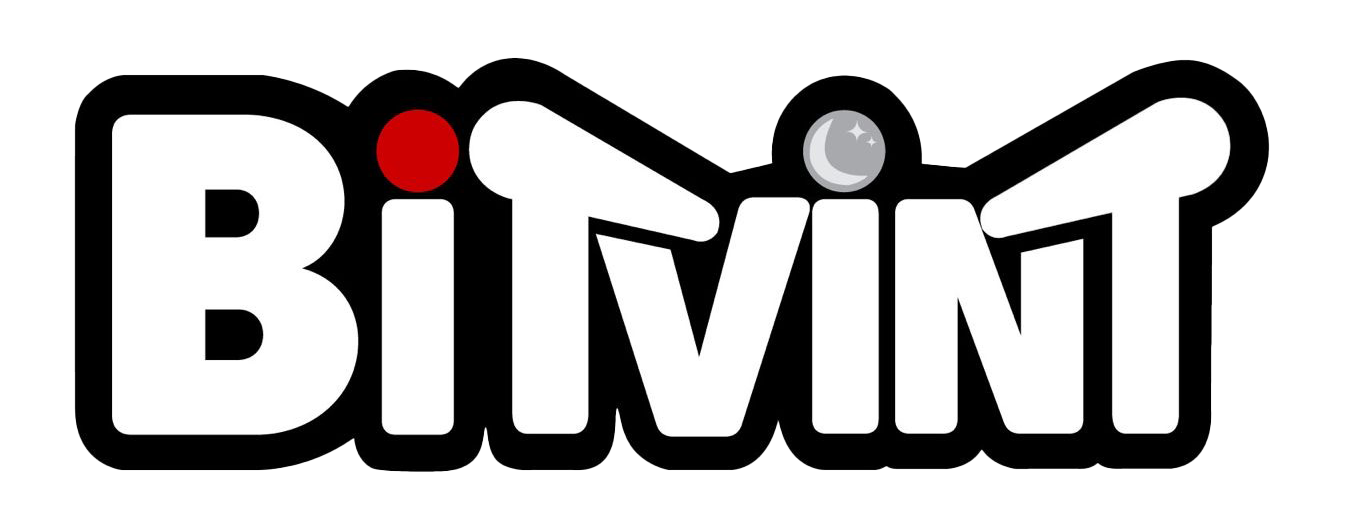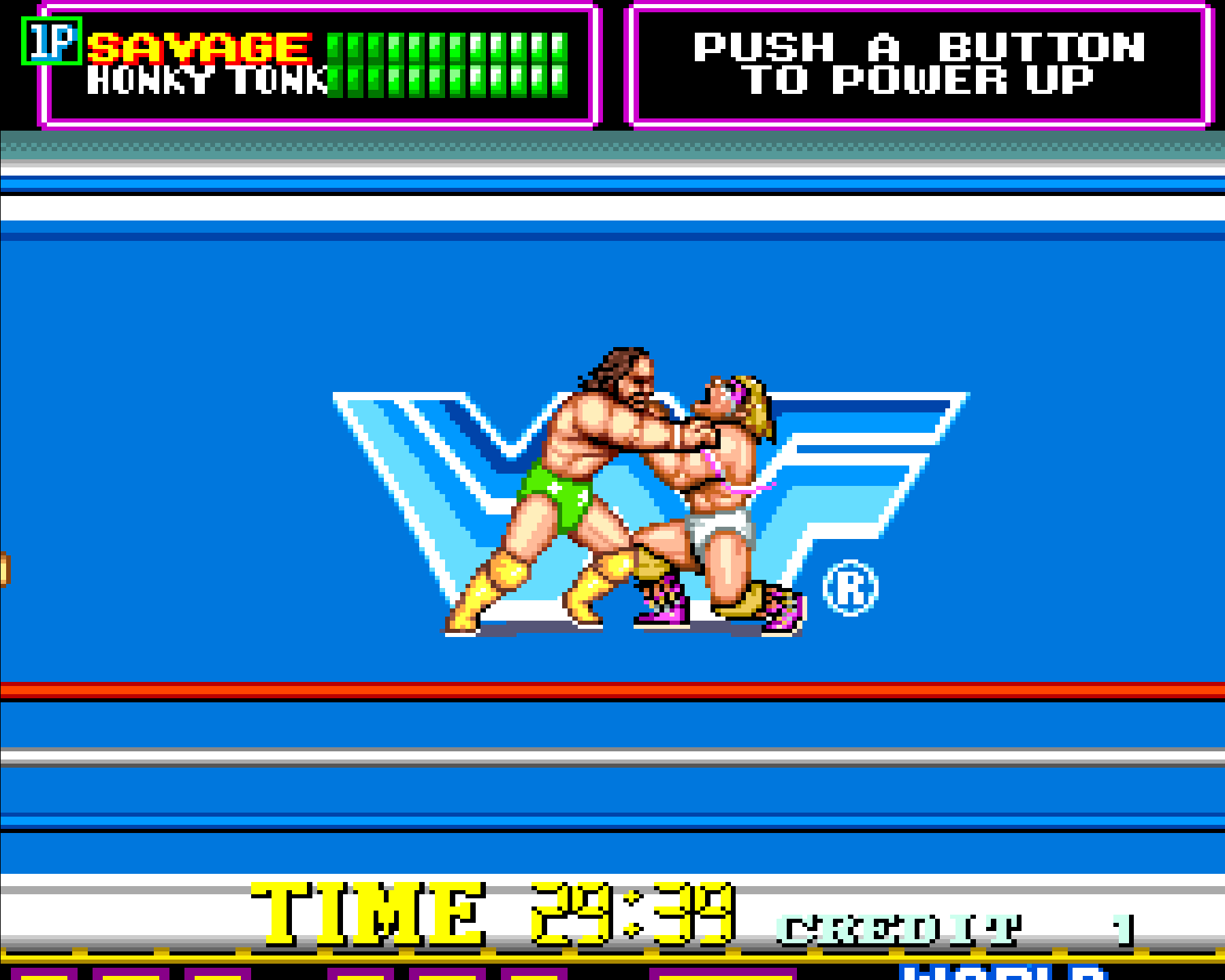Introduction
Released in 1989 by Technōs Japan and published by Midway in North America, WWF Superstars brought the explosive world of World Wrestling Federation action to arcades. As the first officially licensed WWF arcade game, it allowed players to step into the ring as some of wrestling’s biggest stars of the era, complete with over-the-top moves, tag-team mechanics, and colorful voice samples. Its popularity helped set the stage for the wrestling game boom of the 1990s.

Development and History
- Developer: Technōs Japan
- Publisher: Technōs Japan / Midway (North America)
- Release Date: 1989
Known for developing Double Dragon and Renegade, Technōs Japan brought its beat-’em-up expertise to the squared circle. WWF Superstars combined fast action with familiar wrestling tropes like suplexes, tag-ins, and steel barricades. The character designs reflected real WWF talent, and the game used digitized voice samples for catchphrases and commentary—impressive for its time.

Gameplay Video
Gameplay and Mechanics
Core Gameplay
- 2-on-2 Tag Team Wrestling: Players select from six WWF wrestlers and engage in tag-team matches.
- Simple Control Scheme: Two buttons (punch and jump) and a joystick, with context-sensitive grapples and slams.
- Tag Mechanics: Players can tag in their partner to recover health.
- Finishers and Combos: Signature-style moves like body slams, elbow drops, and flying attacks.
- Environmental Interactions: Throwing opponents out of the ring, brawling near the barricade.
Playable Wrestlers
- Hulk Hogan
- The Ultimate Warrior
- The Big Boss Man
- Hacksaw Jim Duggan
- Honky Tonk Man
- Macho Man Randy Savage
Challenges
- AI Aggression: Opponent teams use coordinated attacks and block tags.
- Timed Matches: Players must win before the clock runs out or risk disqualification.
- Crowd Damage: Getting knocked out of the ring adds danger via ringside hazards.

Cultural Impact and Legacy
- First WWF Arcade Game: Set the template for licensed wrestling titles.
- Popular Cabinet: Often seen in sports bars, arcades, and bowling alleys in the late ’80s.
- Follow-Up Title: WWF WrestleFest (1991) built on this with more wrestlers and deeper mechanics.
- Voice Samples: Early use of digitized voice clips helped bring each wrestler to life.

Fun Facts
- Tagline Callouts: The game features classic lines like “Ohhh yeah!” and “Whatcha gonna do?”
- End Goal: Players face off against the Mega Bucks (Ted DiBiase & André the Giant) in the final match.
- Crossover Talent: Many of the wrestlers featured were at their peak popularity in 1989.
- Technōs Style: The sprite art shares similarities with Double Dragon, especially in the faces.

Conclusion
WWF Superstars was a turning point in wrestling games—bringing licensed talent, voice work, and tag-team mechanics into a streamlined and chaotic arcade experience. For fans of classic wrestling and retro arcades, it's a nostalgic powerhouse that marked the start of a golden age for grappling games.
Related Pages
- WWF WrestleFest: The sequel that expanded the roster and match variety.
- WWF WrestleMania: A later Midway title with digitized graphics and more arcade-style combat.
- Double Dragon: Also developed by Technōs Japan, featuring similar sprite-based action.

